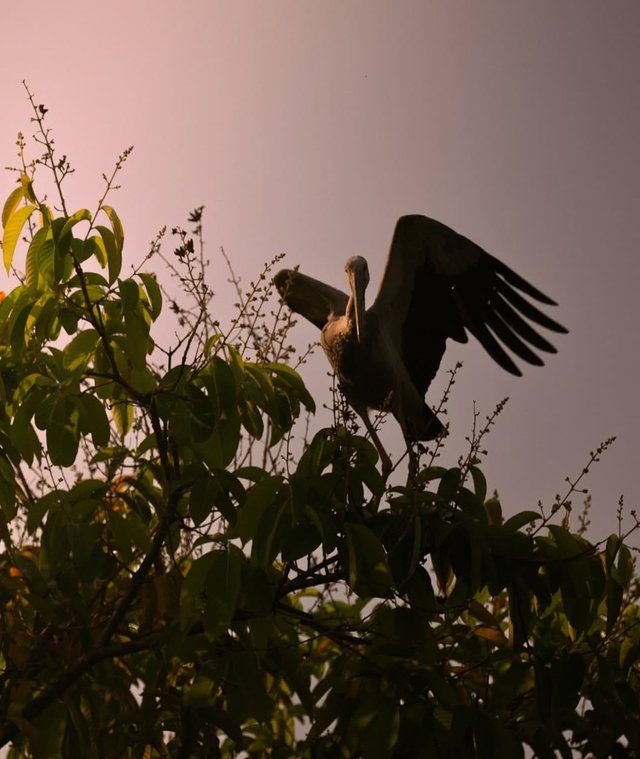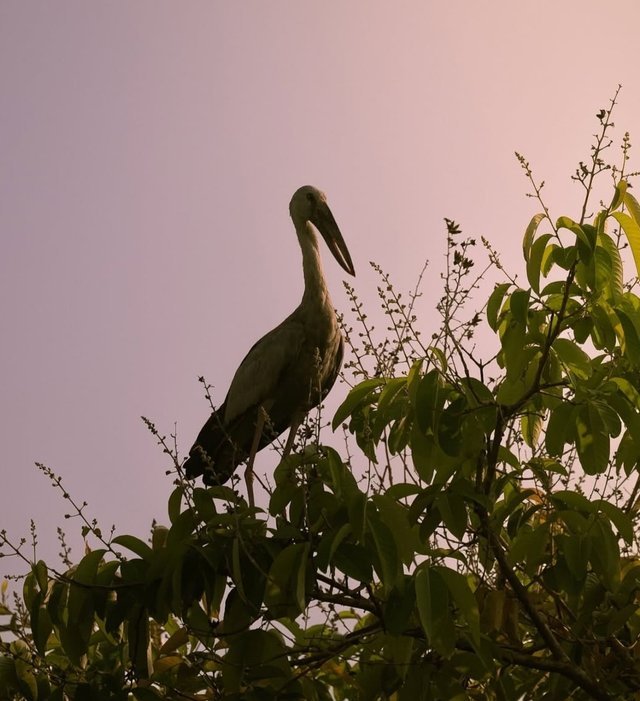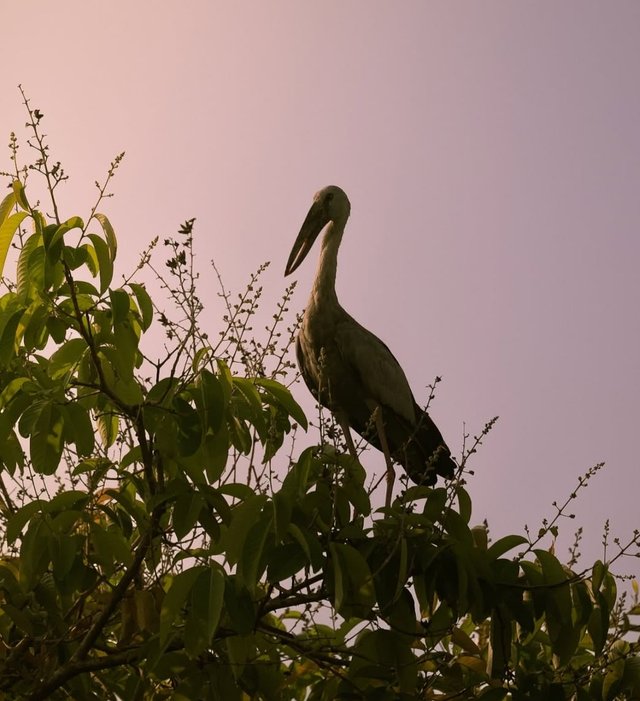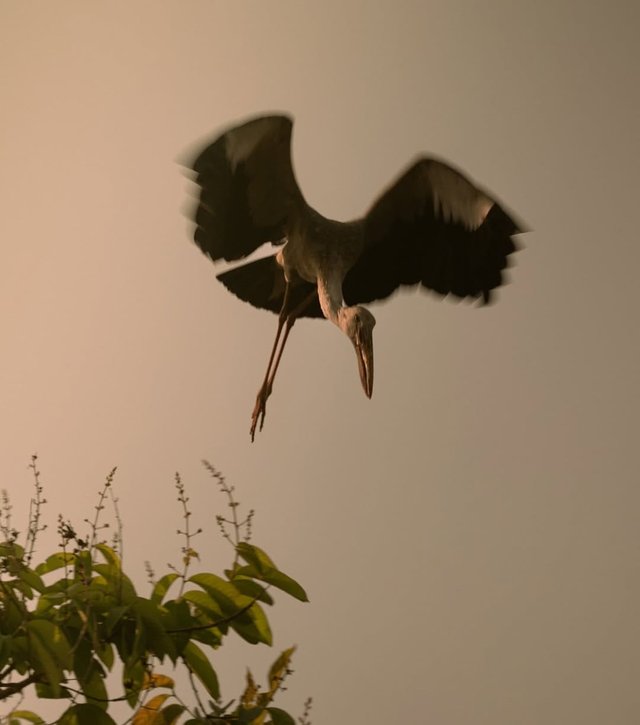So Cute Marabou Stork Animal
The Marabou Stork: Nature’s Grizzled Undertaker
The Marabou Stork is a fascinating and often misunderstood bird. With its towering height, bald head, and somber demeanor, it has earned the nickname "The Undertaker Bird." Though not conventionally beautiful, the Marabou Stork plays a vital role in the ecosystems of sub-Saharan Africa. This scavenger, often seen in garbage dumps, slaughterhouses, or alongside vultures feasting on carcasses, has adapted remarkably well to both natural and human-altered environments.
Physical Characteristics
The Marabou Stork is an unmistakable bird. It stands at an imposing 4 to 5 feet tall, with a wingspan that can reach up to 12 feet, making it one of the largest wingspans of any living bird. Weighing between 9 and 20 pounds, these birds have long, pale legs and a hunched posture, which adds to their eerie reputation.
One of their most recognizable features is the large, pinkish-red air sac hanging from their throat. This sac, called a gular pouch, is used for thermoregulation and possibly as a display during mating season. Their heads and necks are largely bare, a common trait among scavengers, as it helps keep them clean when feeding on carrion.
Habitat and Distribution
Marabou Storks are widespread throughout sub-Saharan Africa, found in both wild and urban environments. They prefer open savannas, wetlands, and riverbanks, but they have also adapted to living near human settlements, where food is plentiful. In many cities, they can be seen perched on buildings, utility poles, or even walking through markets in search of scraps.
Diet and Feeding Behavior
Marabou Storks are opportunistic feeders, meaning they eat whatever they can find. They are primarily scavengers, feeding on carrion, dead fish, and scraps from human activity. However, they are also capable hunters, preying on small birds, rodents, frogs, and even baby crocodiles. Their powerful beaks allow them to tear through flesh with ease.
One of their most fascinating feeding behaviors is their relationship with vultures. While vultures rely on keen eyesight to locate carcasses from above, Marabou Storks often wait on the sidelines, using their size and dominance to muscle in on the meal. They have even been observed stealing food directly from vultures.




%20(10).jpeg)